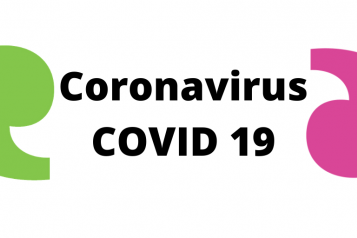NHS acronyms are confusing!

Confused? You’re not the only one. The language being used by the health service is simply gobbledygook, says the Plain English Campaign (PEC).
Steve Jenner, the campaign’s spokesman, said the health service was riddled with “jargon” when it comes to explaining anything from the closure of hospital services to major incidents. And he even believes the NHS may be doing this on purpose.
“If you use impenetrable language it means the public has no clue what is going on. I can’t help thinking that suits the NHS sometimes,” he said. "What this jargon is describing is very important. It should be articulated very clearly. We expect doctors to clearly explain themselves. It should be the same for the NHS management,” he added.
Sticky toffee puddings or important NHS plans?
STPs – dubbed sticky toffee puddings by some in the health service – are among one of the most important developments in the health service in recent years.
But you would never guess from the official name – sustainability and transformation plans.
However, the jargon goes further than that, according to the PEC. Look through most plans – there are 44 of them – and you will find some strange phrases.
Cambridgeshire and Peterborough’s documents, for example, talk about investing in “system-wide quality improvements” and developing a “shared understanding of all the interrelated issues”, while being able to learn “what it means to us as individuals and as organisations”.
Meanwhile, documents from North Central London shared the experience of one patient’s care that went wrong.
It says due to “hand-offs, inefficiencies and suboptimal advice and information transfers” the “patient’s pathway” went on for too long.
Another popular “pathway” is the ambulatory patient pathway. What does that mean? The patient can go home after being seen in hospital.


